
One of our supporters proposed we name a jaguar “dragonfly,” or “libélula” in Spanish. In his eyes, both predators exhibit a sense of efficiency, power, and poise. He thought dragonflies represent good luck. Our field team liked the suggestion, and that is how we came to name Libélula in 2012.

She first appeared on the Northern Jaguar Reserve early one morning in a video, a novelty for motion-triggered cameras at the time. Soon, Libélula was back in the same location and spent three days with the male jaguar Ferb, sauntering behind him as they walked up and down an arroyo.
Libélula and Ferb on the Northern Jaguar Reserve, 2012
This was the first time a mating pair of jaguars was seen on the reserve. Months passed, Libélula was pregnant. She was later photographed with a cub. By protecting mother jaguars, we secure a future for their daughters and help ensure the species’ survival in this part of the world.
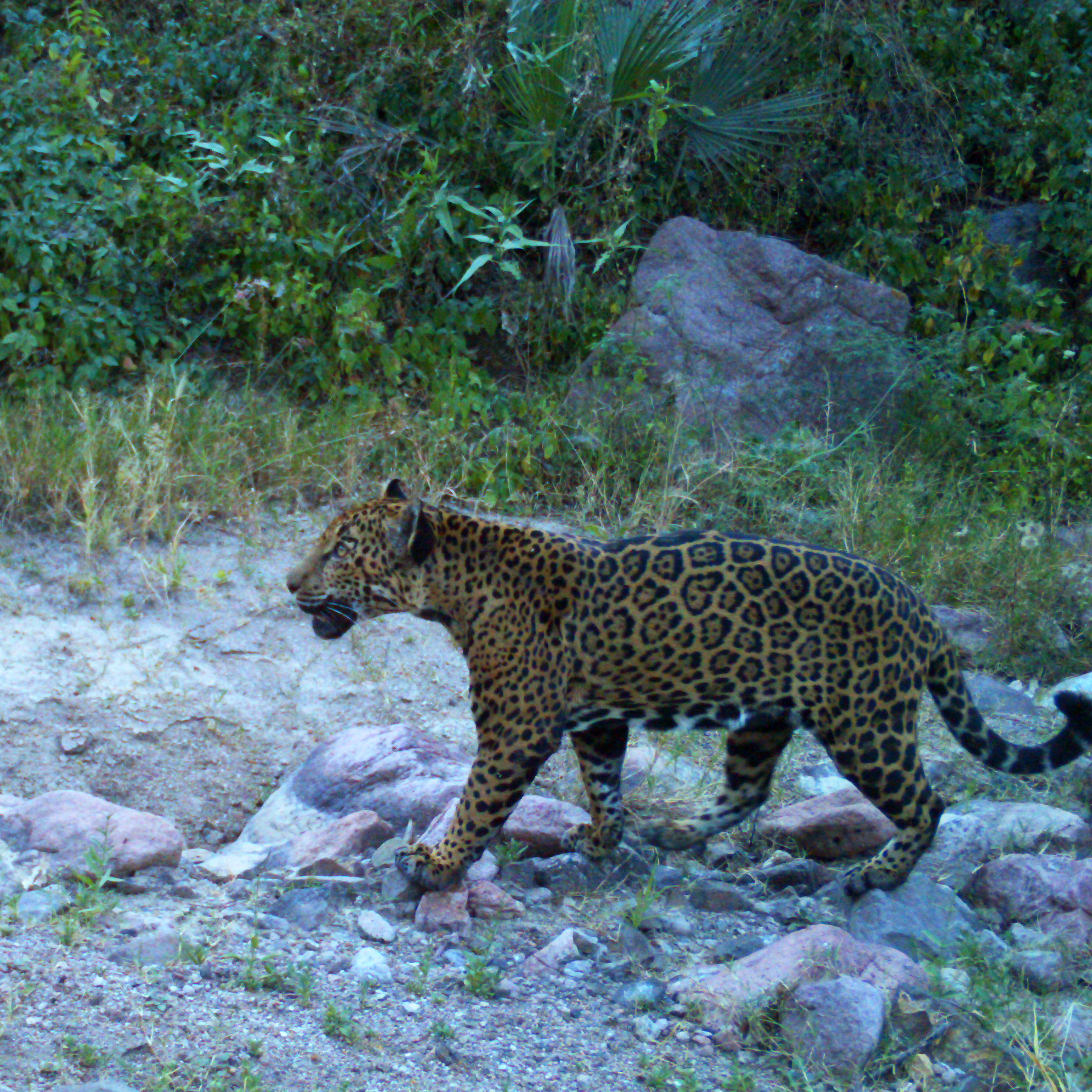
Libélula, 2014

Osman, 2014
Our years of watching Libélula within this landscape have mostly been defined by the male jaguars accompanying her. Libélula and Osman were on the same camera on the reserve, almost striking the same pose, just weeks apart.

Libélula on a Viviendo con Felinos ranch, 2019
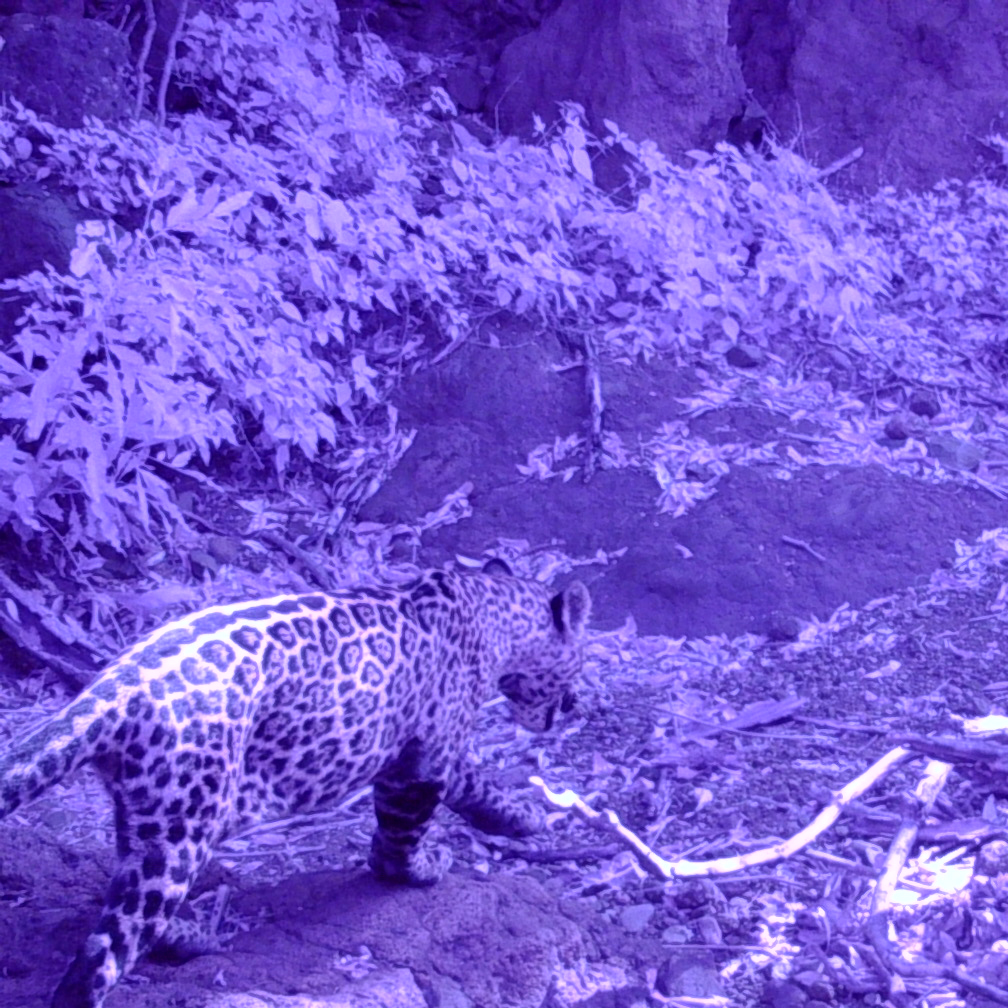
Tito, 2018
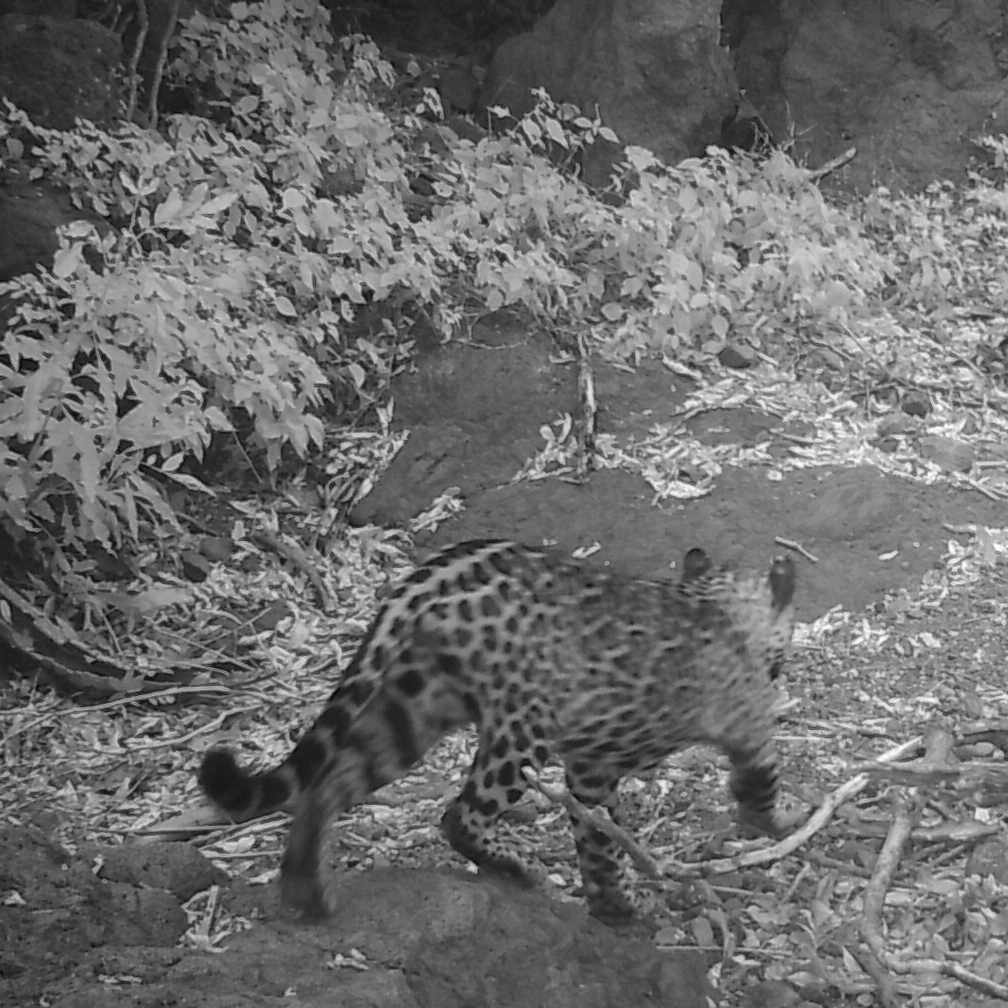
Libélula, 2018
Years later, she was seen on another camera on a Viviendo con Felinos ranch a mere seven hours after the jaguar Tito. In 2019, Libélula and El Guapo were in the same area. Before long, we saw Libélula back on the reserve together with her “handsome” suitor. We hoped there would be a cub in 2020 but knew such sightings are rare.
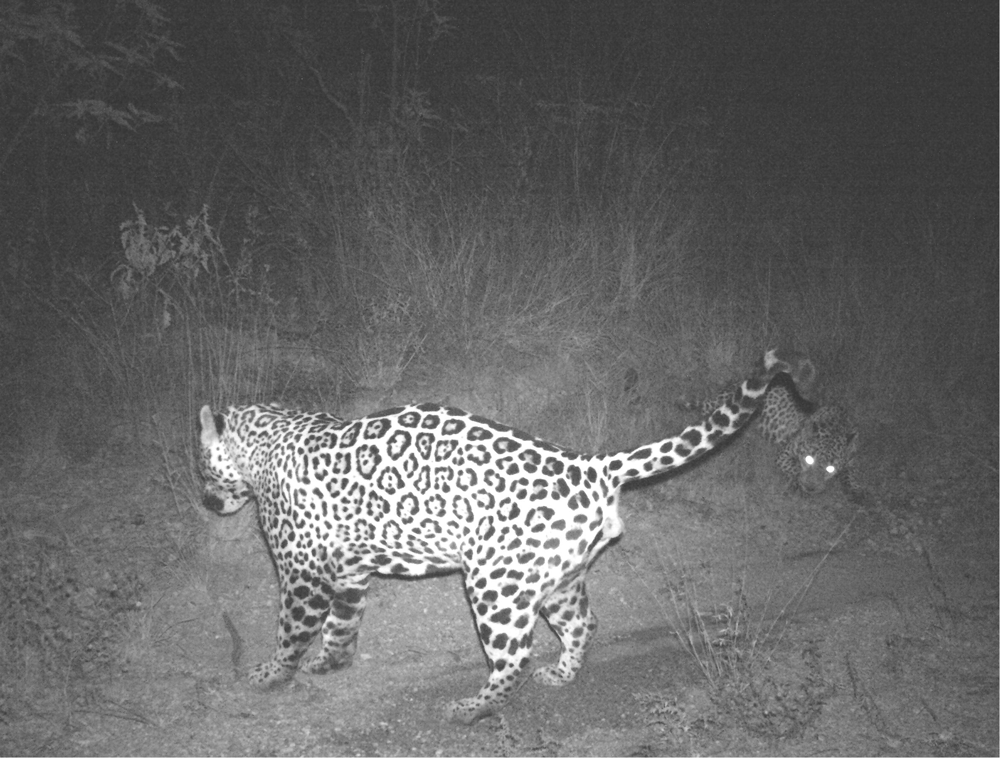
El Guapo and Libélula (right) on the Northern Jaguar Reserve, 2020
Libélula has been our near-constant companion on the reserve for more than nine years. We have watched this matriarch of the endangered northern jaguar population raise multiple litters during that time, including photos with her newest cub, Angel.
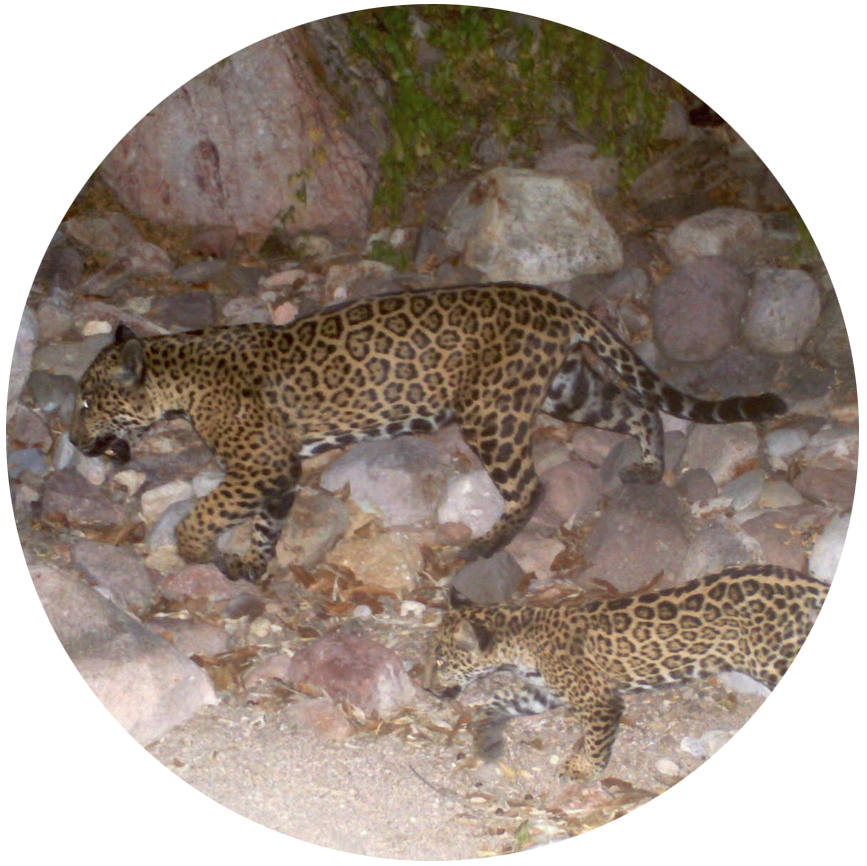
Libélula and Angel, 2020
We continued to gather images of Libélula exploring the reserve with Angel by her side in 2021, and later with the male jaguar Compa. Today, Libélula is the longest-documented jaguar on the reserve, the oldest-known female in this region, and she provides real-time evidence of our positive impact.
Libélula and Compa, 2021

